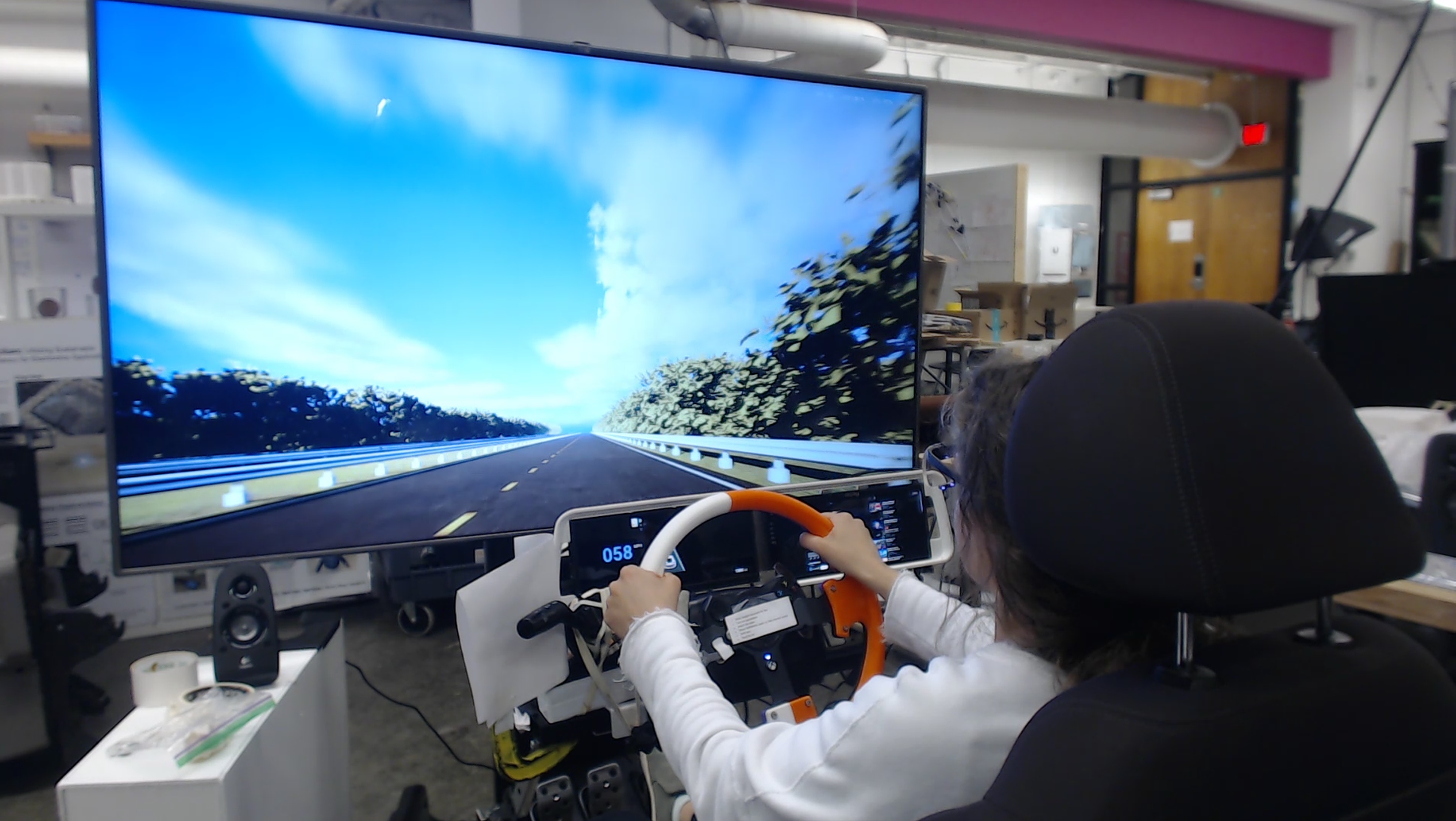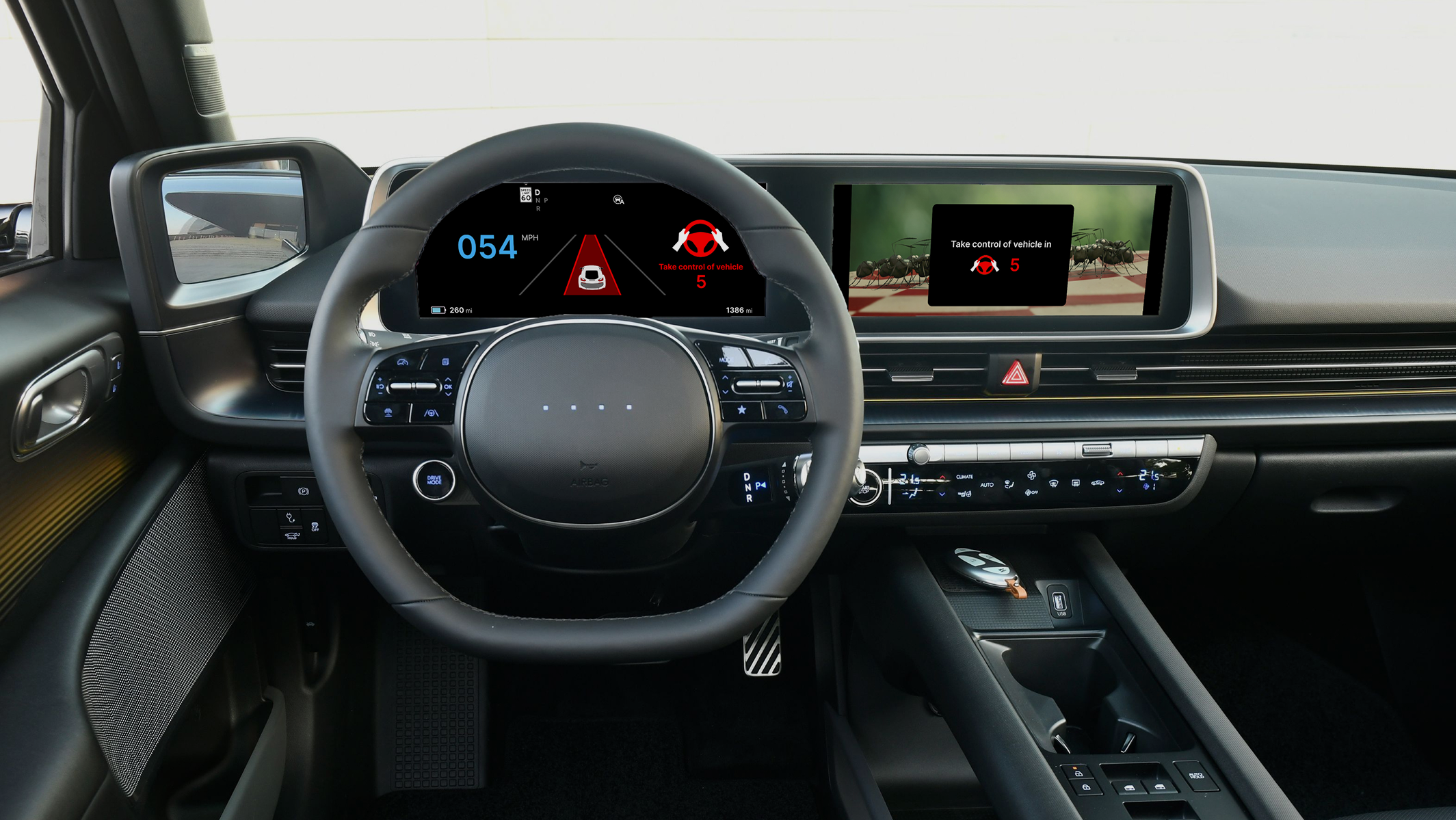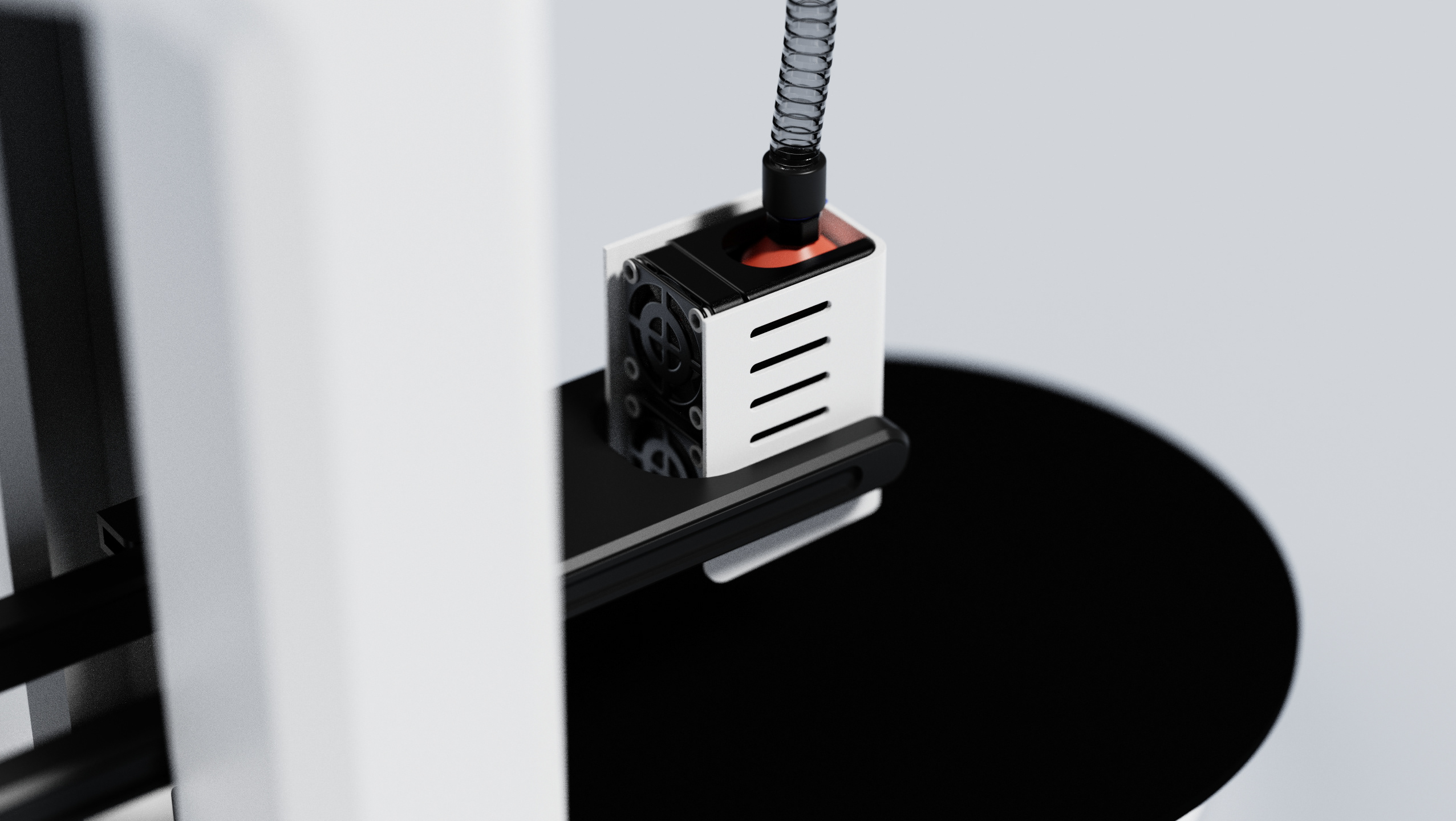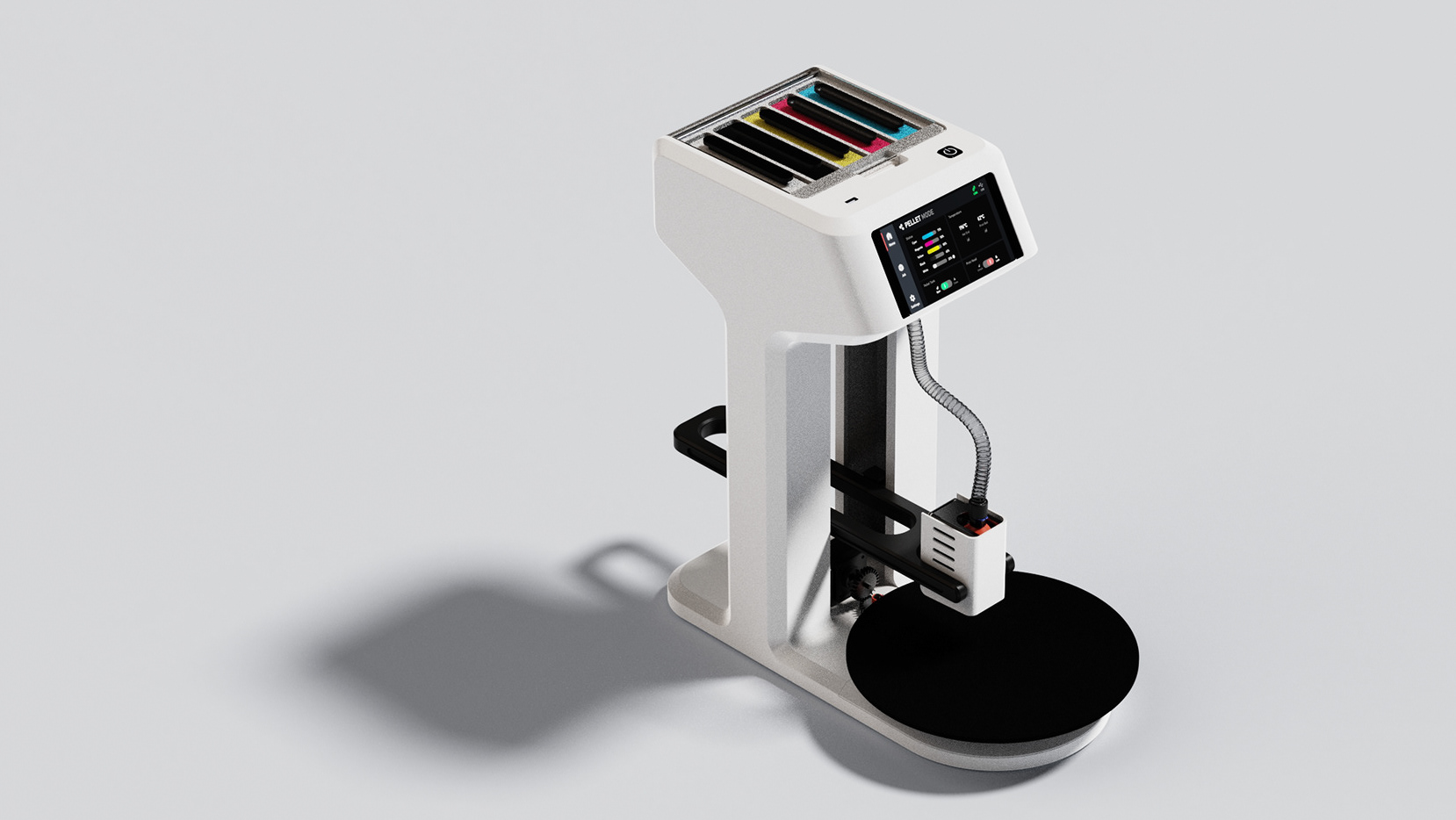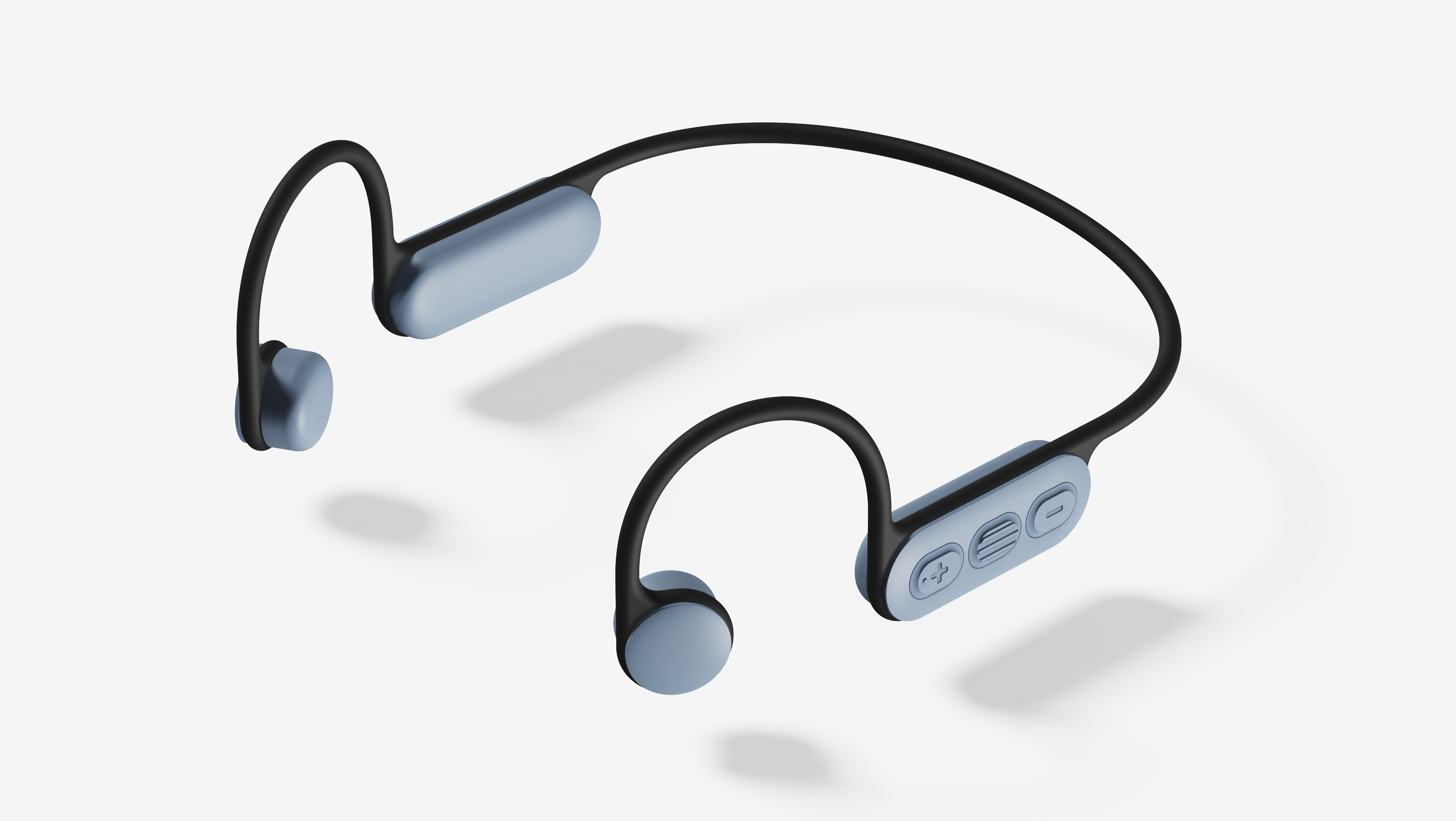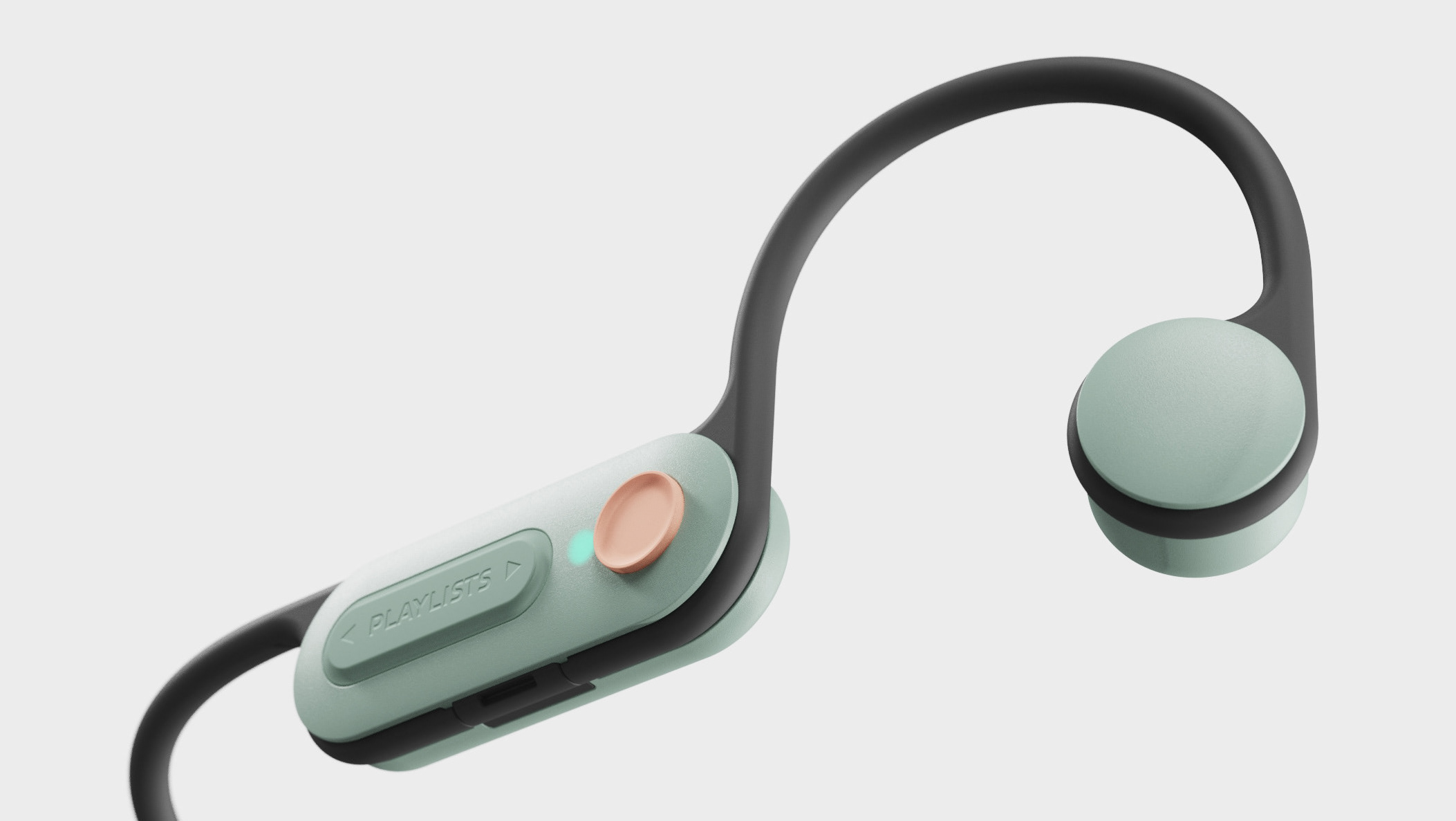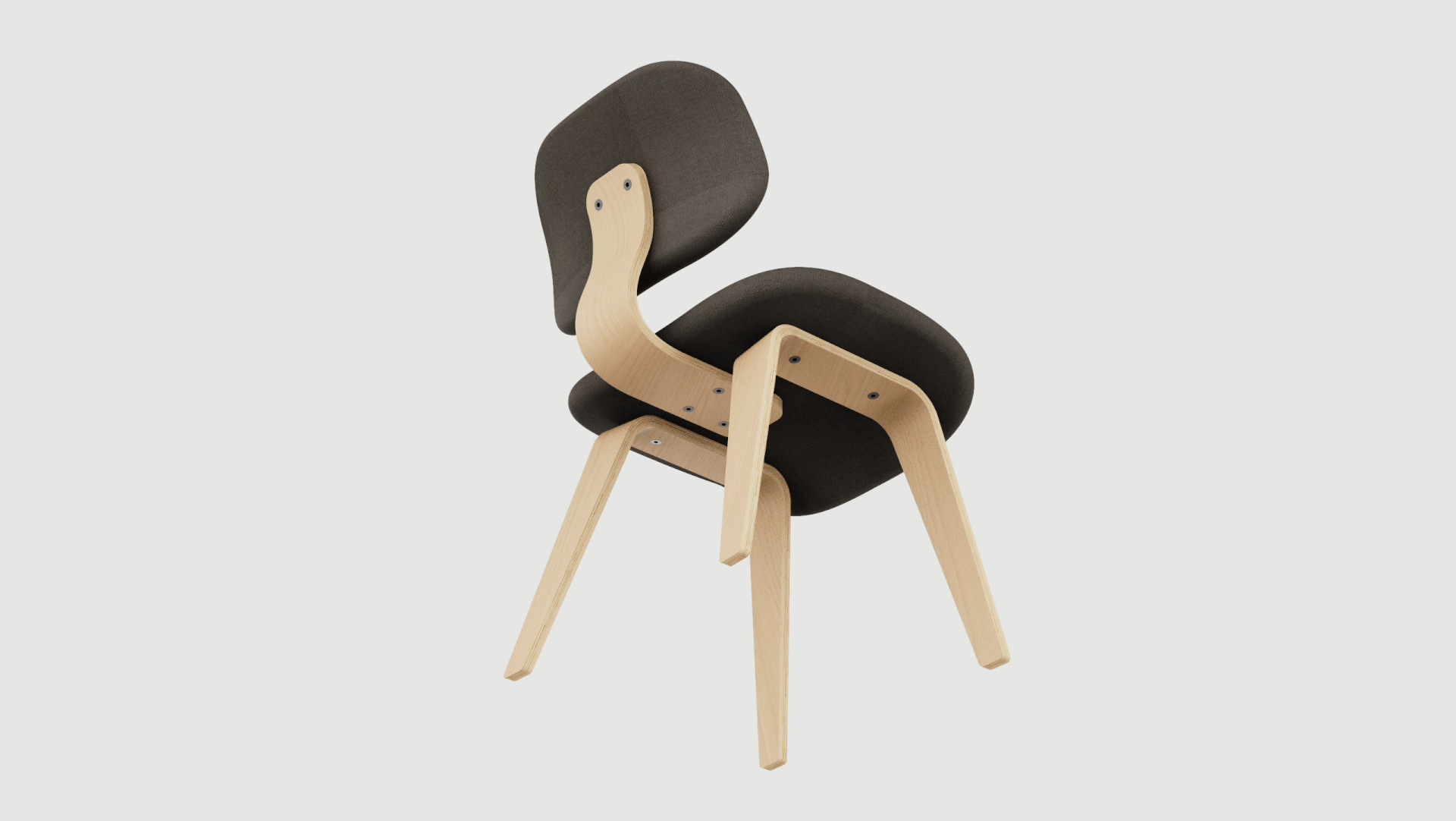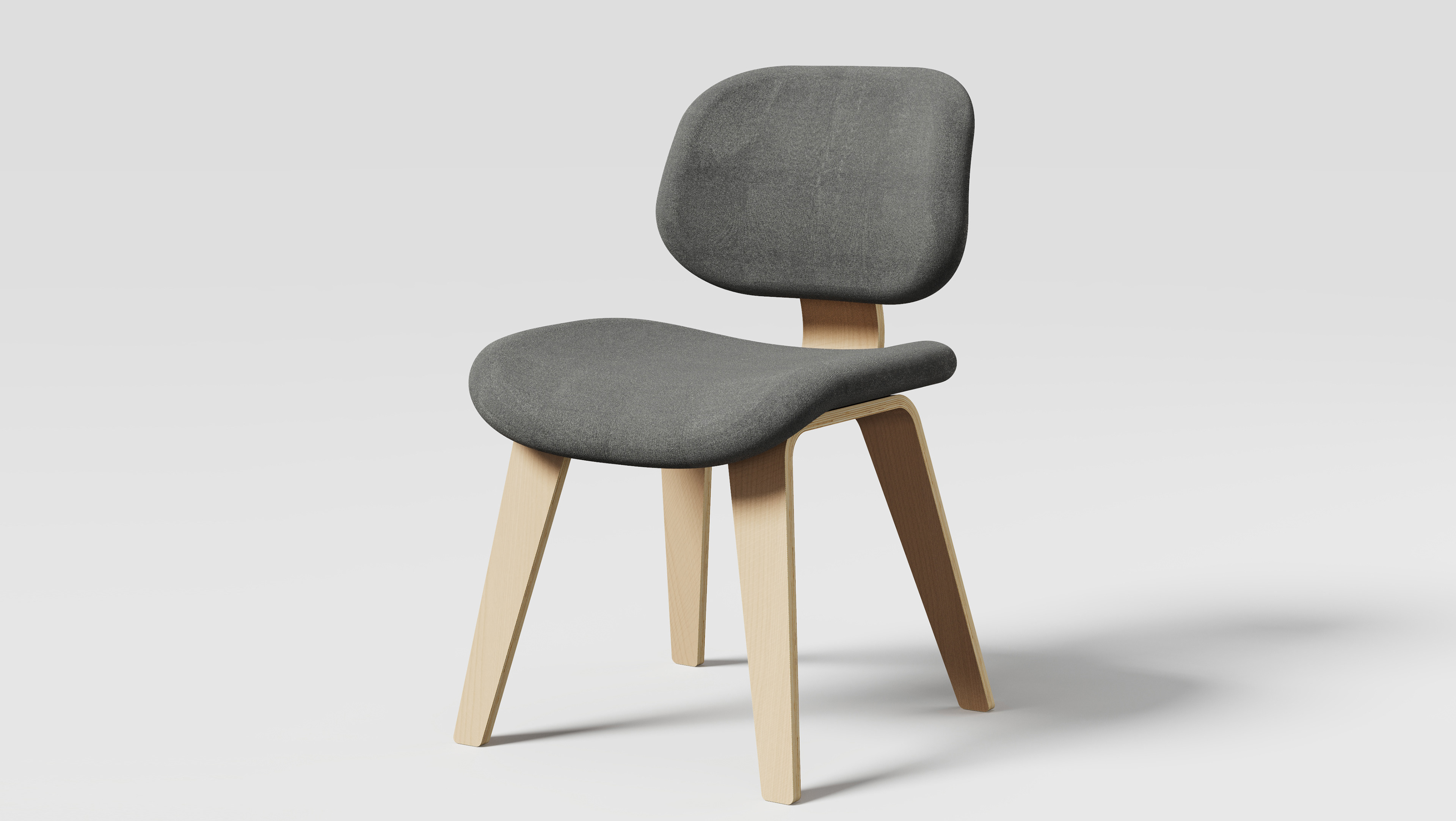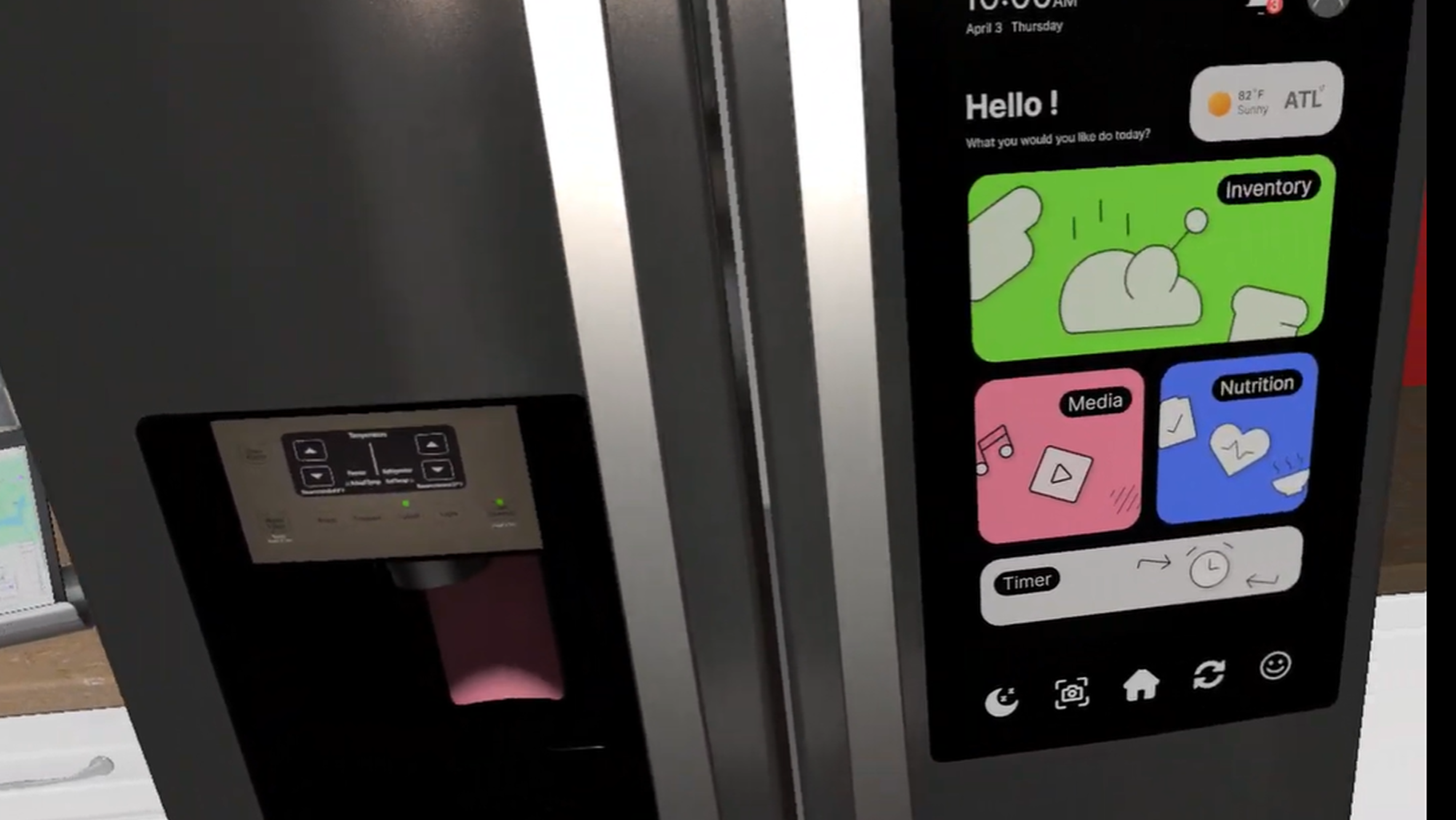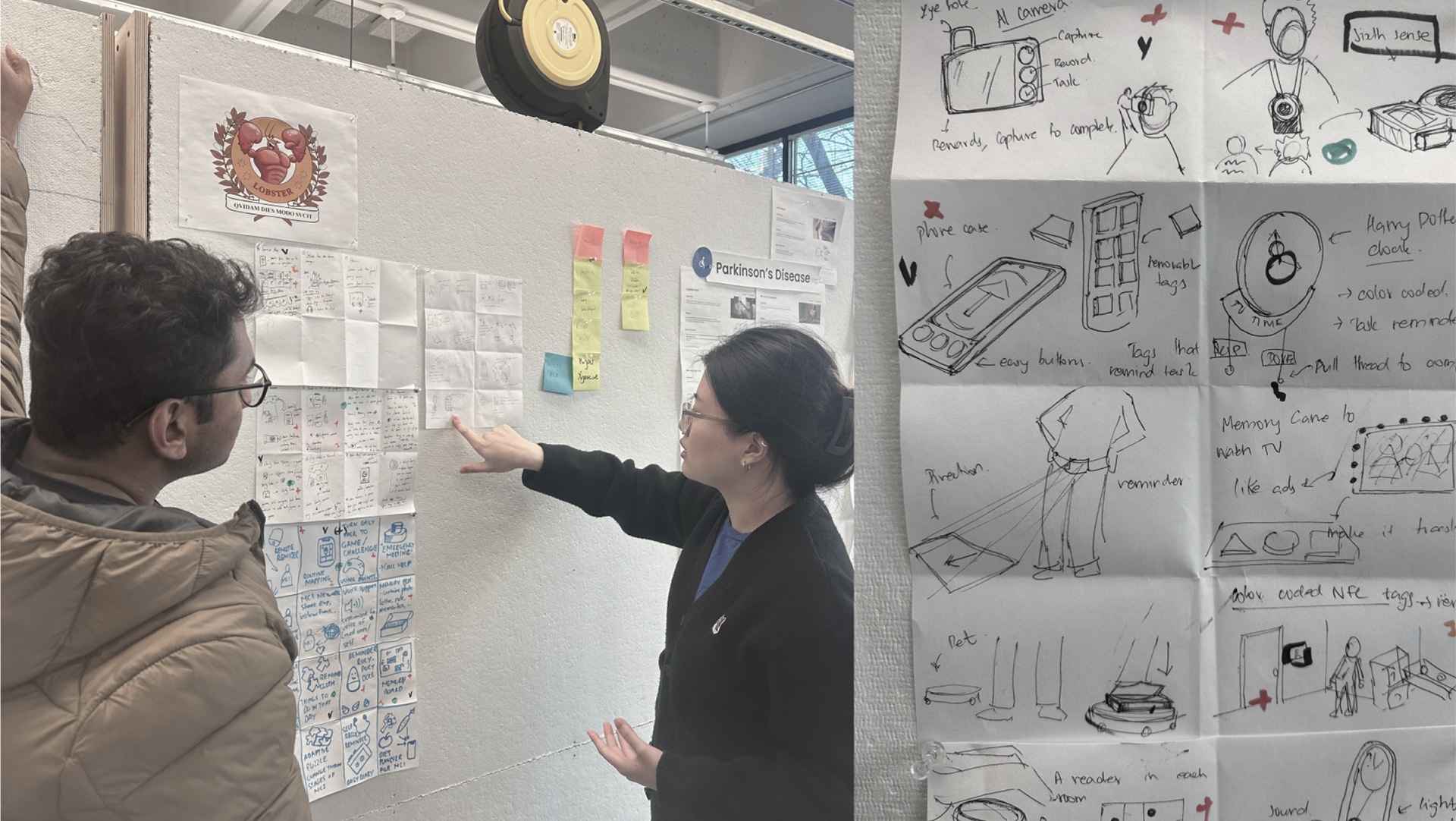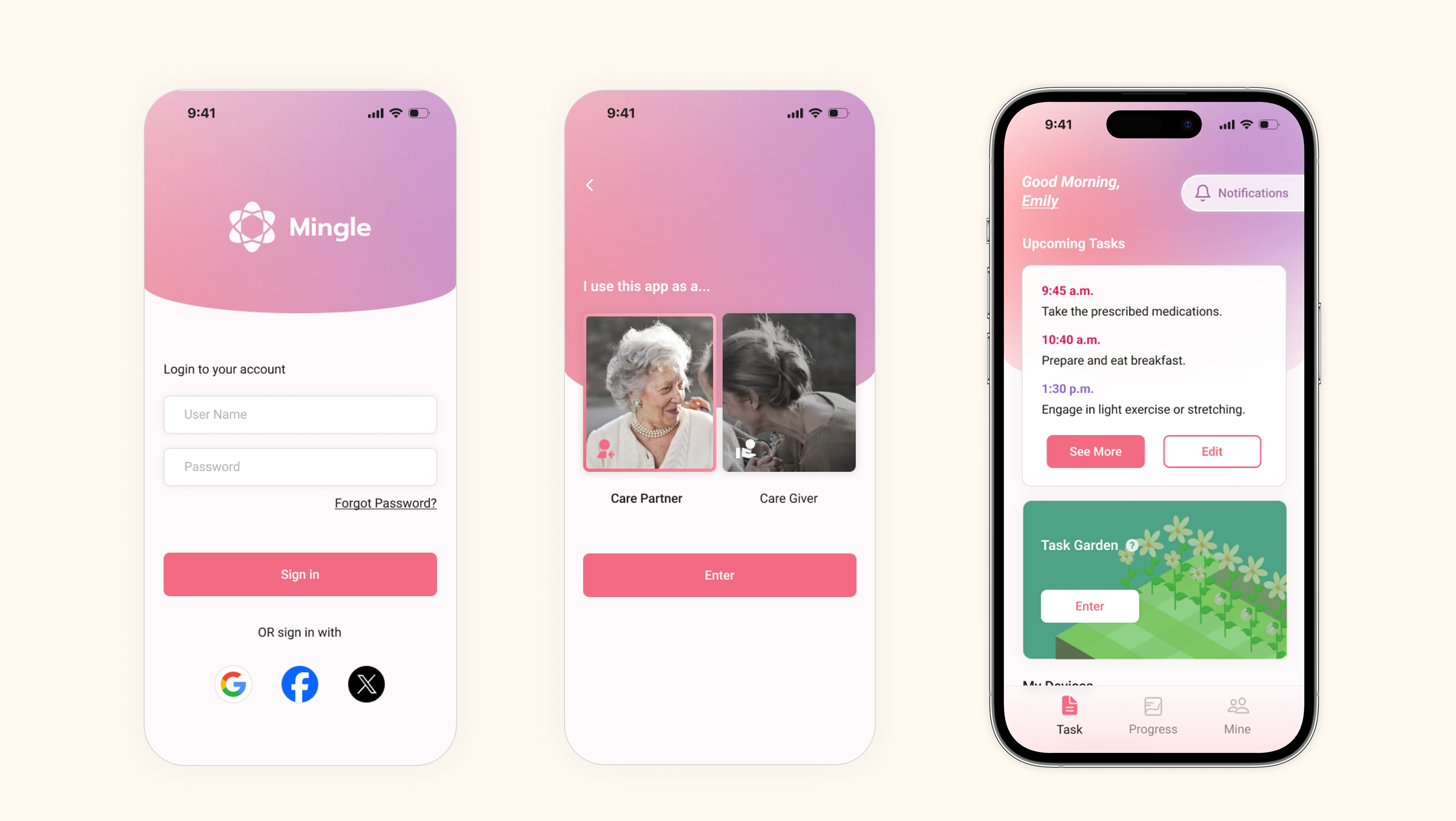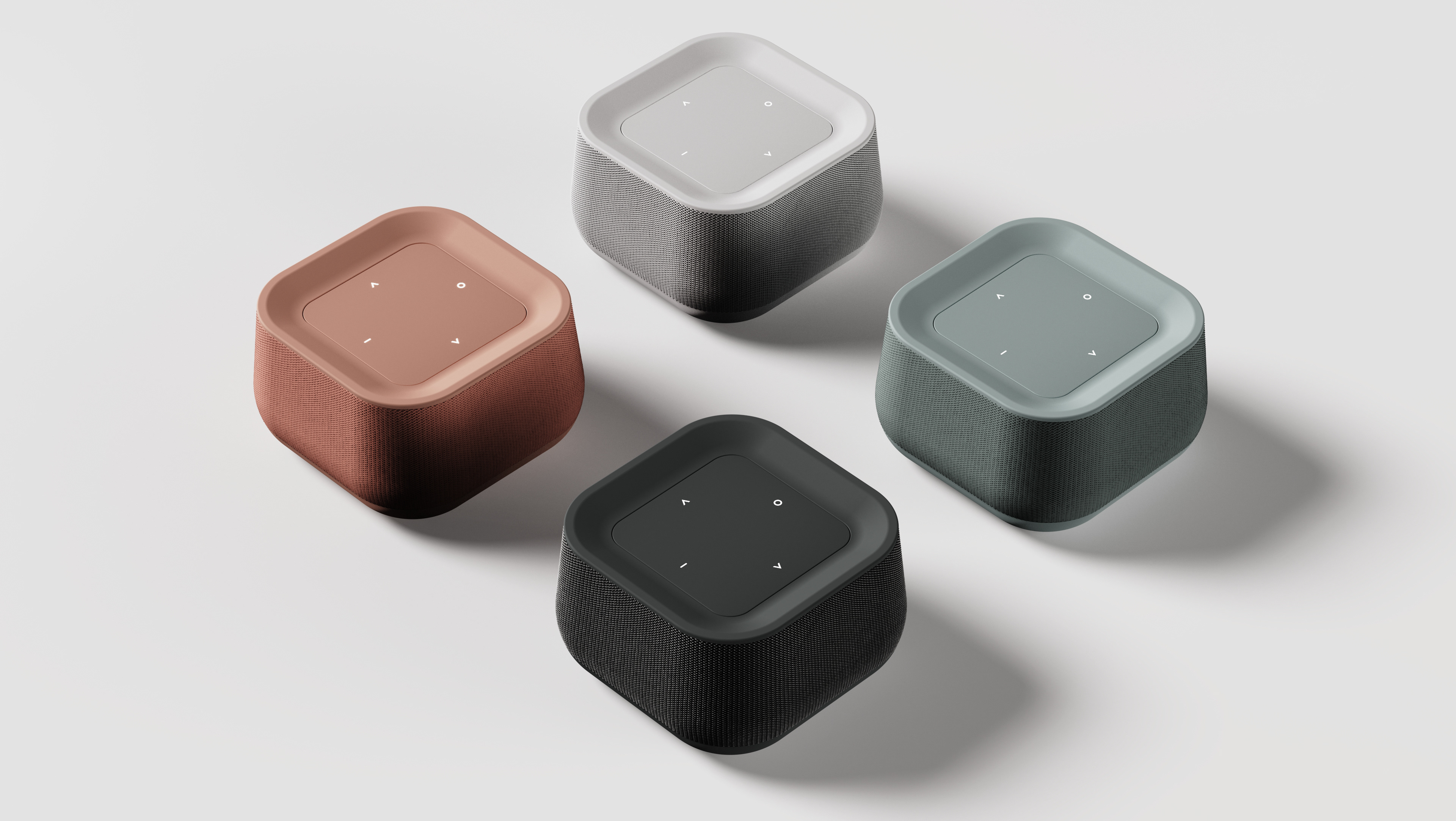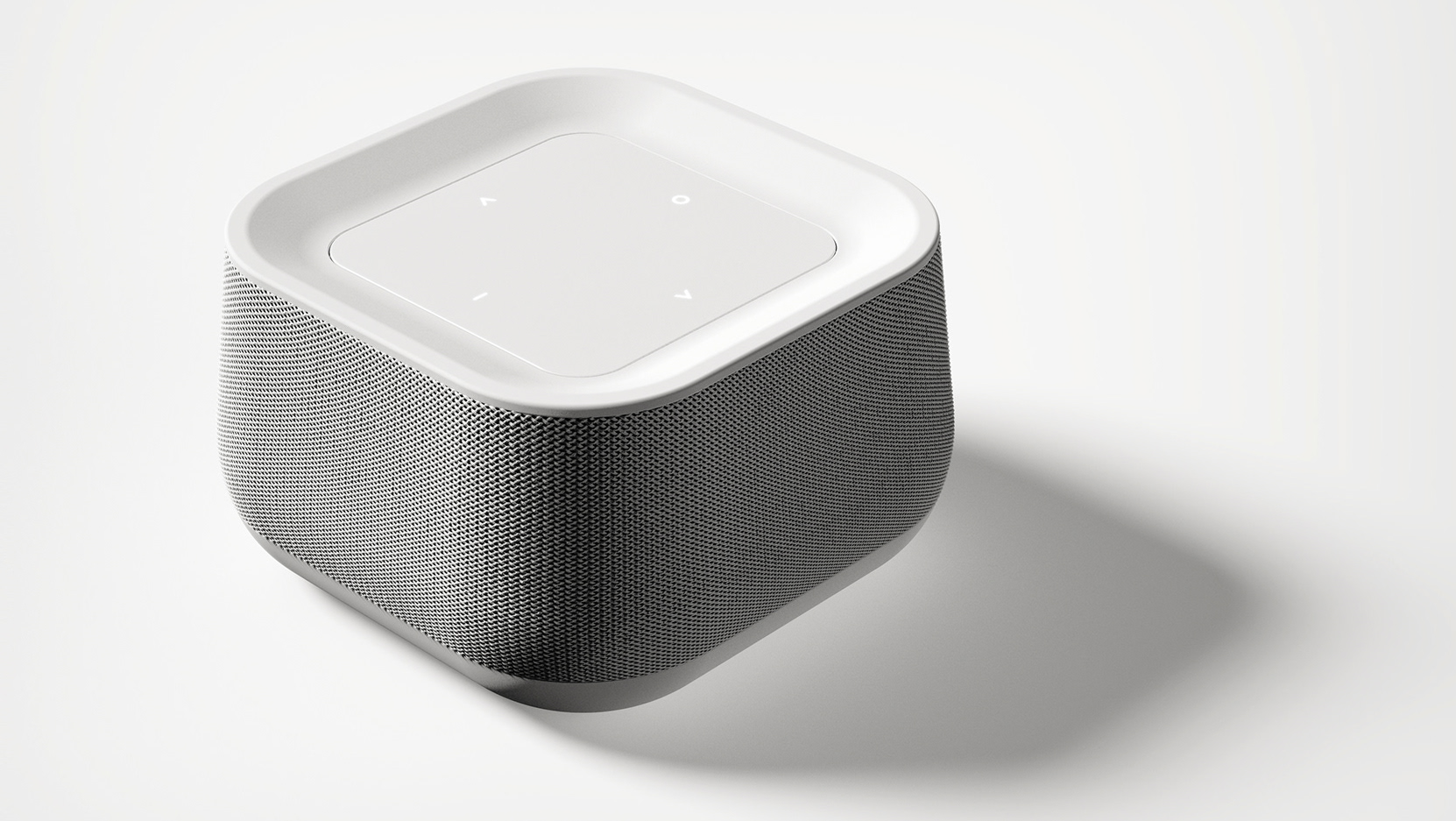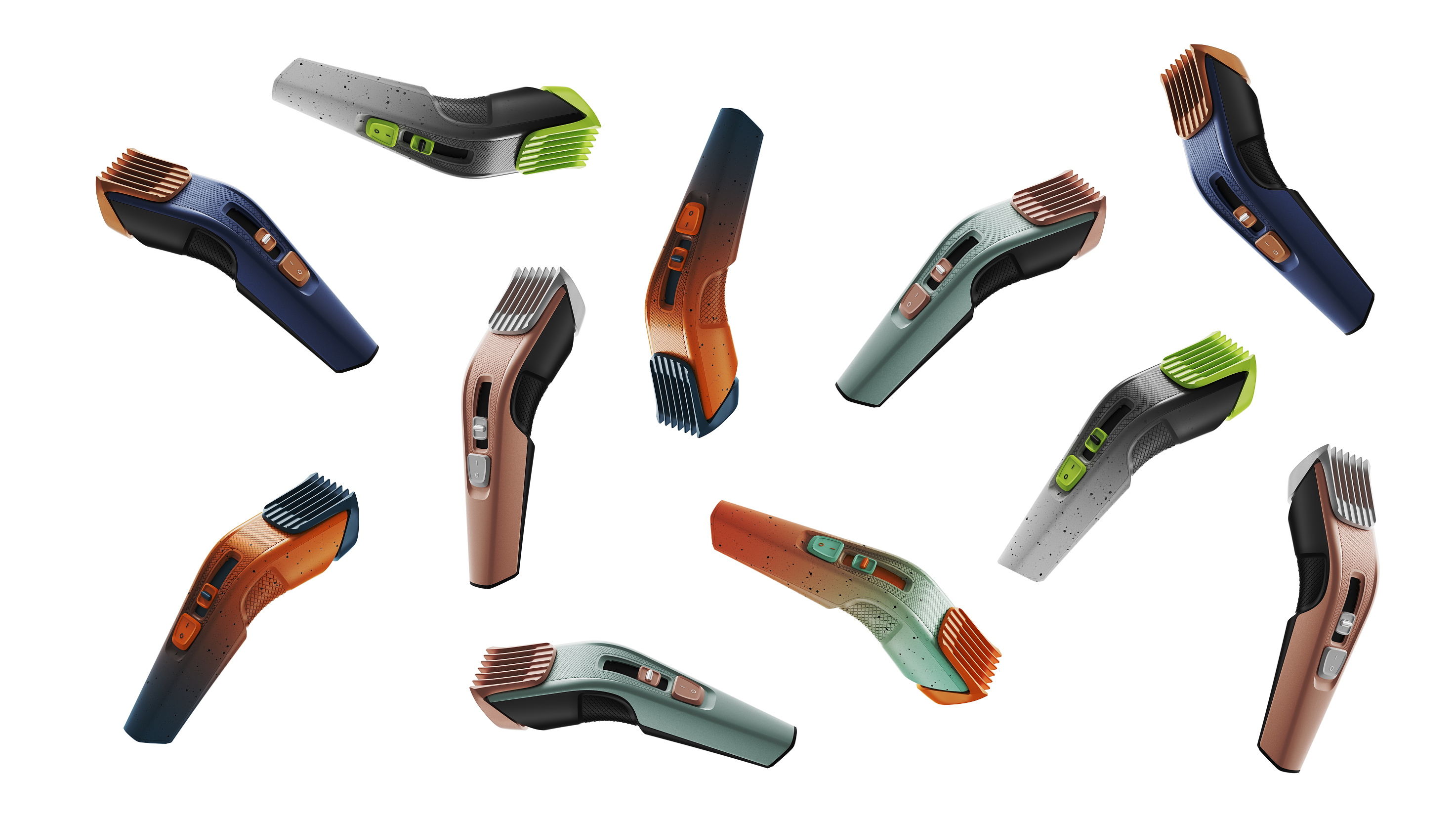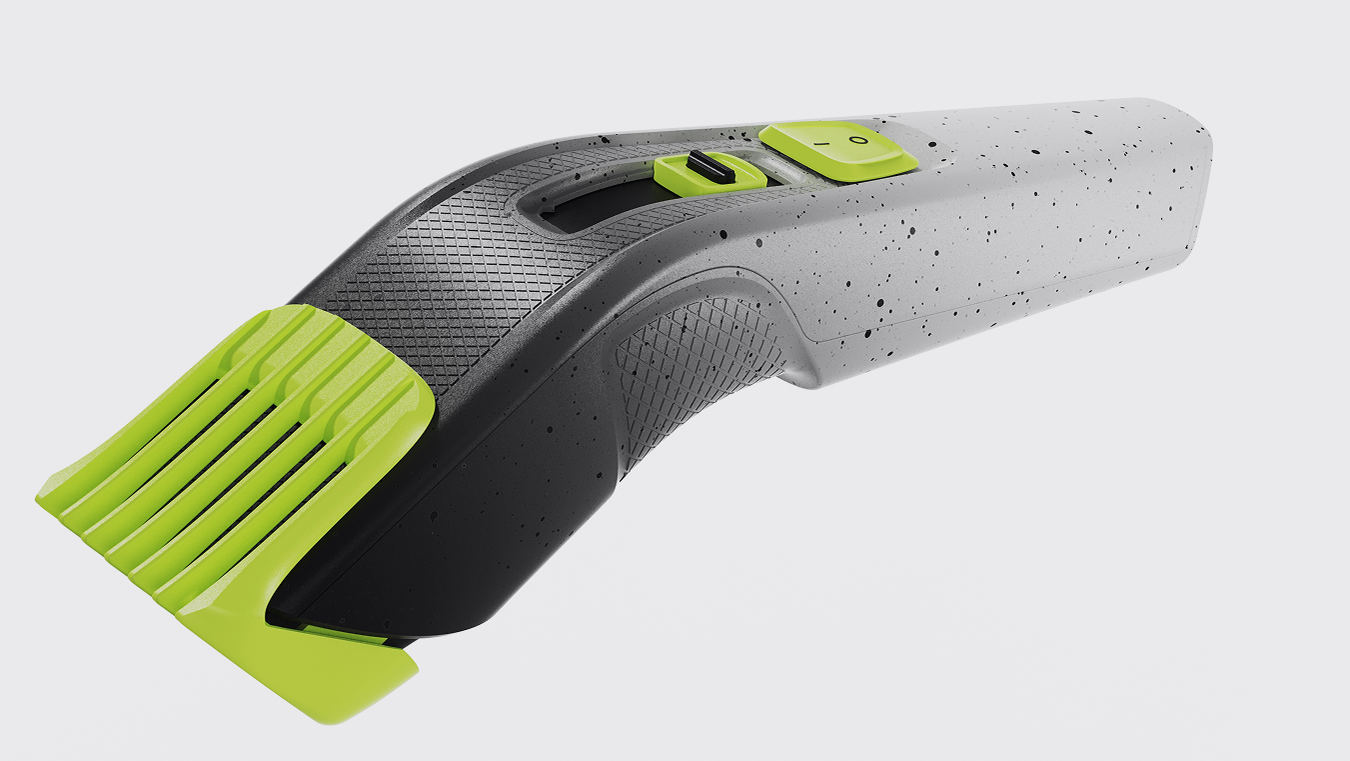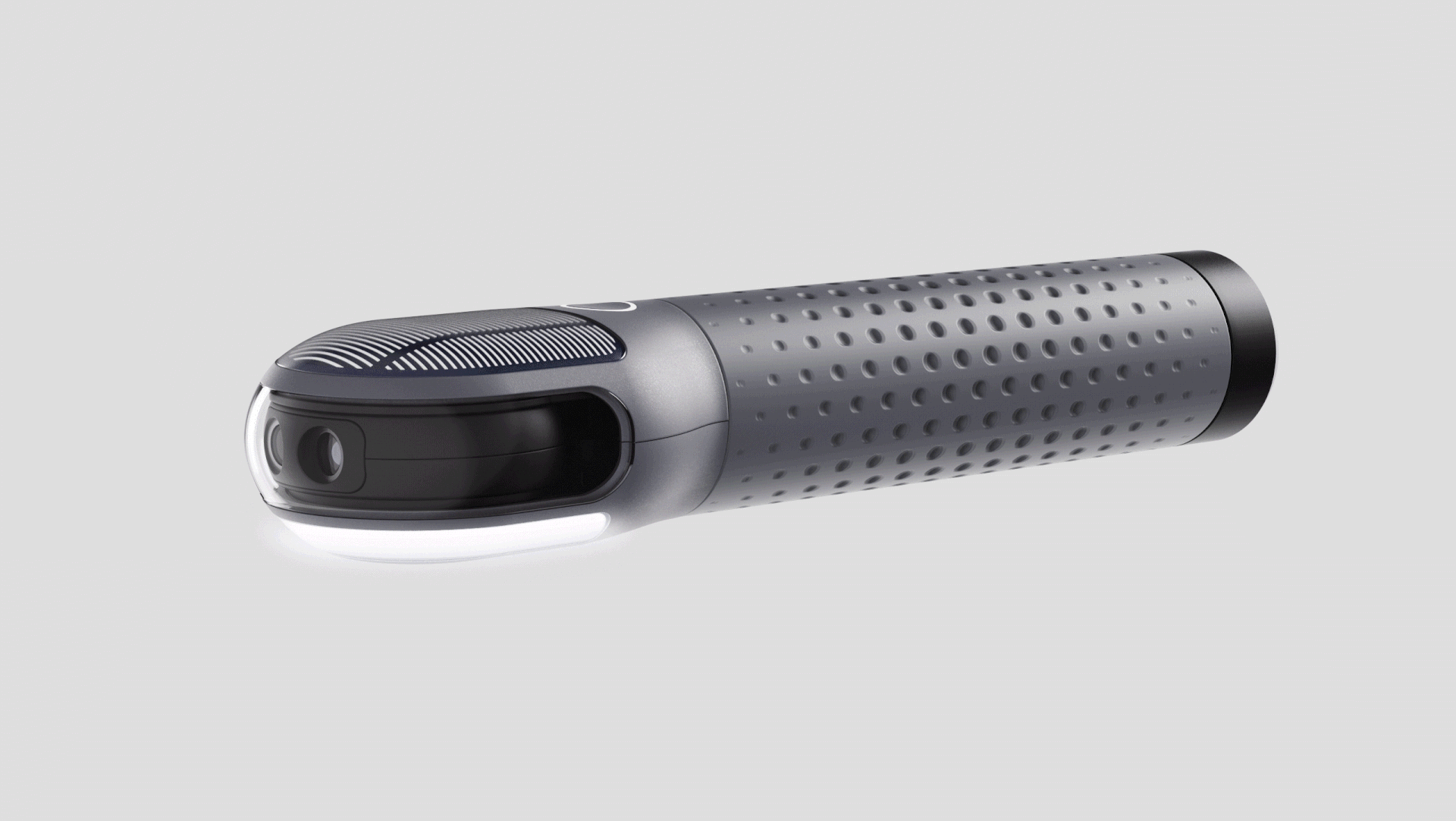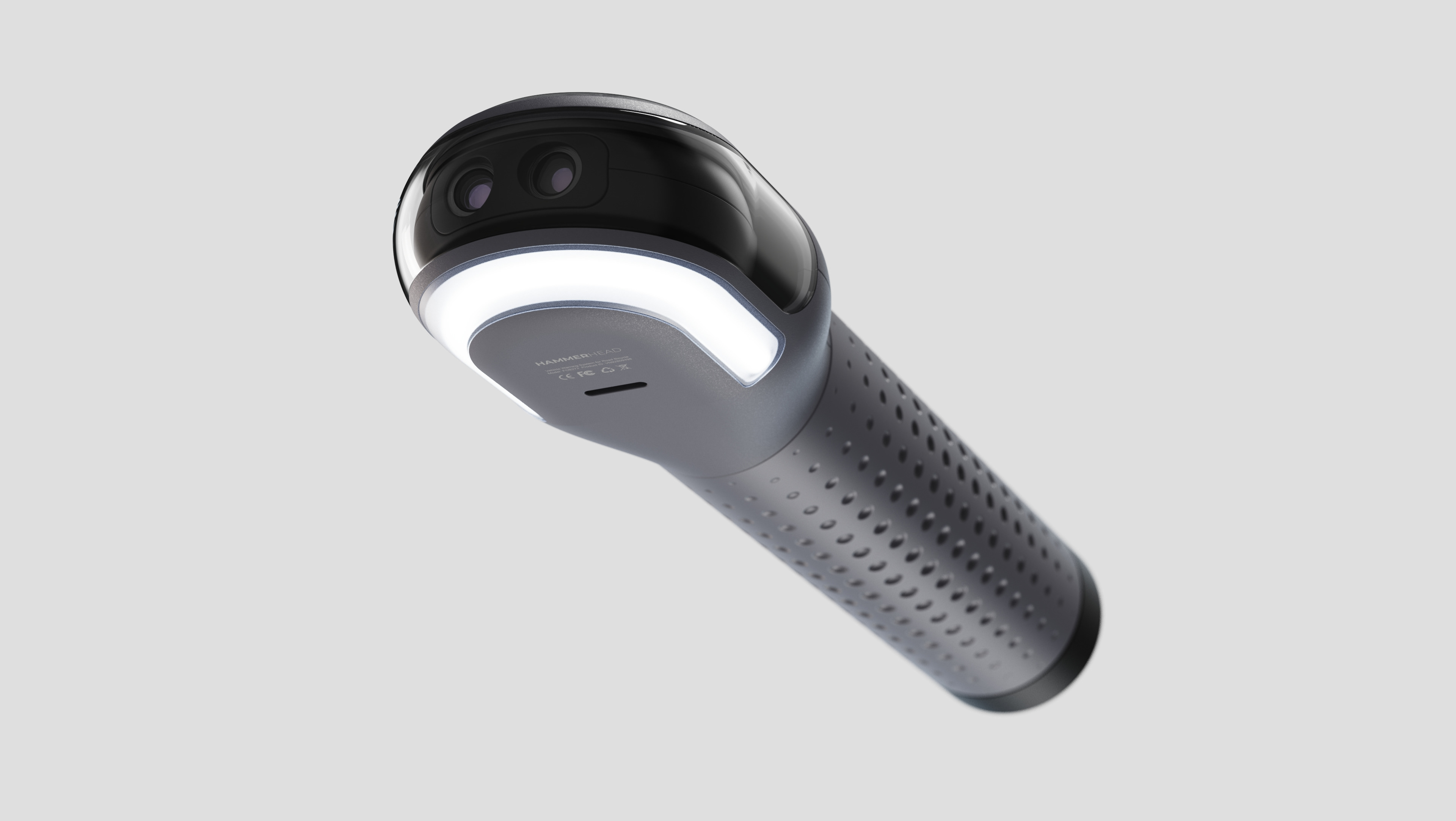A Peek Inside
Interactive Museum Exhibit
__
"A Peek Inside" is an interactive museum exhibit for visitors seeking a hands-on, educational experience. Sponsored by The Computer Museum of America, this exhibit offers a multi-sensory journey, guiding visitors through the fundamental components of a computer.
Team: Long Dao, Sarah Harris, Peter Guo
Tools: Figma, FigJam, Solidworks, Keyshot
Duration: 8 weeks
Category: Exhibition Design, Experience Design
Defining Success
We were assigned to create interactive modules for the computer museum lobby, explaining computing principles. Before choosing the specific principles, we set goals for success. Using digital tech, physical items, and the environment, we aim to engage visitors. Our main focus is on making user experience and interaction better to encourage learning and curiosity.
Constraints
We also made note of several design constraints that would influence the final concept: The module will be located in the museum lobby and act as an introduction, preparing the visitors for what they will see inside. The module also needs to be mobile, and easily moved as the space changes and grows, which will influence the form factor.
Fundamental Components
After exploring various computer components and their functions, we narrowed our focus to four specific categories for our module.
Planting The Seed For Curiosity
After identifying basic computer components, our goal was to share important information with visitors. We wanted them to understand what these parts are, what they do, and how they look, even though they are usually hidden. Deciding which parts to focus on was crucial due to the changes in technology over the years. We aimed to give visitors a sense of how these parts have evolved to get them ready for the exhibits inside.
Design Drivers
We drew inspiration from existing museum exhibits and conducted an observation session at the High Museum to understand which exhibits engaged visitors the most. Our insights were complemented by reflections on our personal museum experiences. From this research, we identified four key design features to be incorporated into our module, aiming to create an engaging and immersive experience.
Ideation
We ideated a series of concepts and then identified key features we wanted to include in our final design. These features included multi-modal interaction, a social media moment for increased exposure and marketing, and a modular, mobile form factor.
A Peek Inside
The final exhibit consists of five panels, blending digital and physical touchpoints, designed to facilitate the exploration of computer components through an engaging and interactive experience.
Cardboard Model
We constructed a full-size model of one panel (Memory and Storage) to assess the accessibility and usability of the interactive elements. Subsequently, we had some of our classmates test it, and here is the feedback we received from their experience.
Journey
The five panels comprise an introduction to our module, inviting visitors to approach and peer through holes to unveil computer components.
Subsequently, visitors will proceed to the CPU panel, where they will delve into processors through a magnified display case.
Next, the Memory and Storage panel awaits, offering hands-on, physical interactions.
Moving on, visitors will arrive at the Motherboard panel, which features a large interactive touch display as its main attraction.
Lastly, the final panel consolidates all components into a relatable and familiar form, allowing visitors to put their newly acquired knowledge into an easily digestible context.
Modular
The design of the five panels also enables the museum to arrange them in different configurations, including straight and flat, angled out, or in a zigzag pattern
